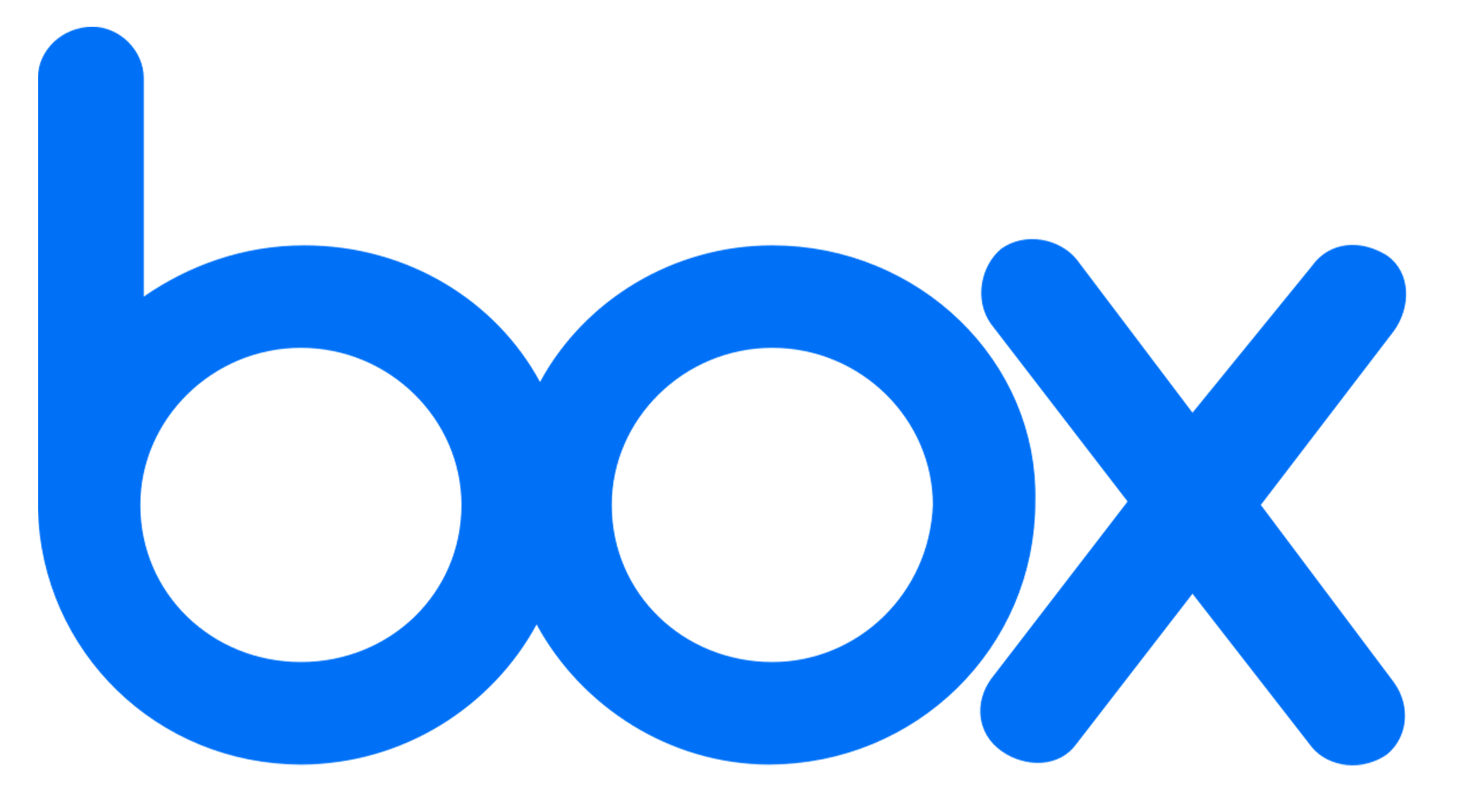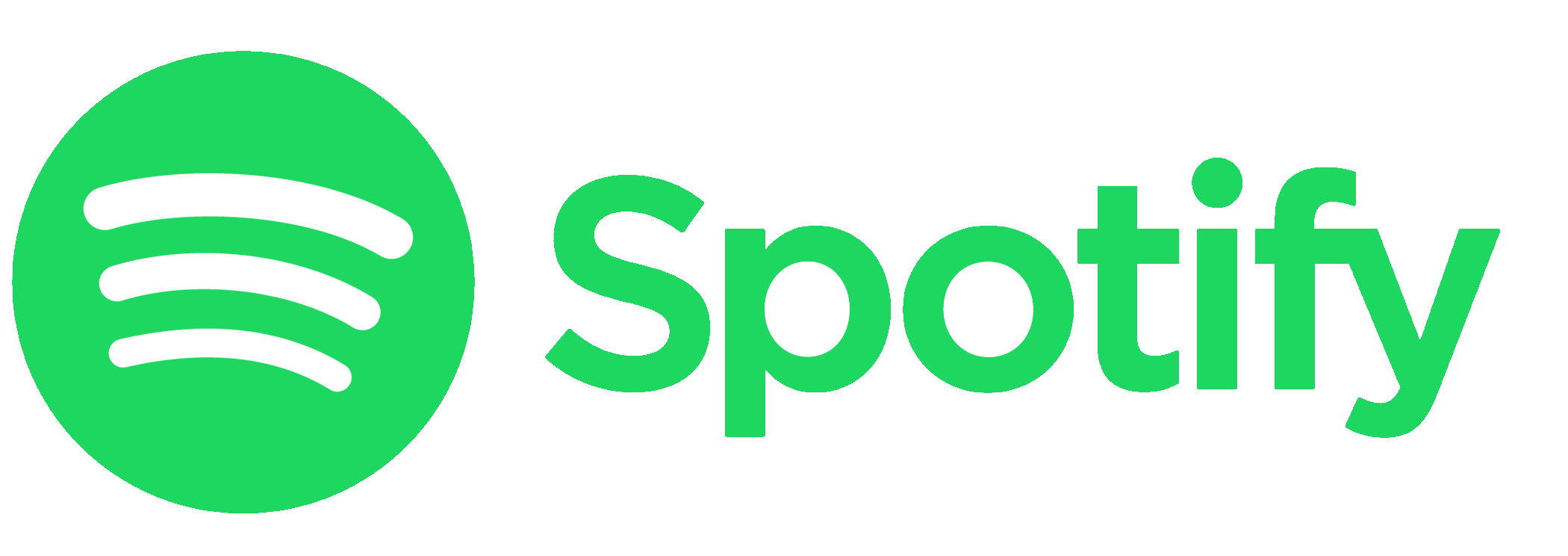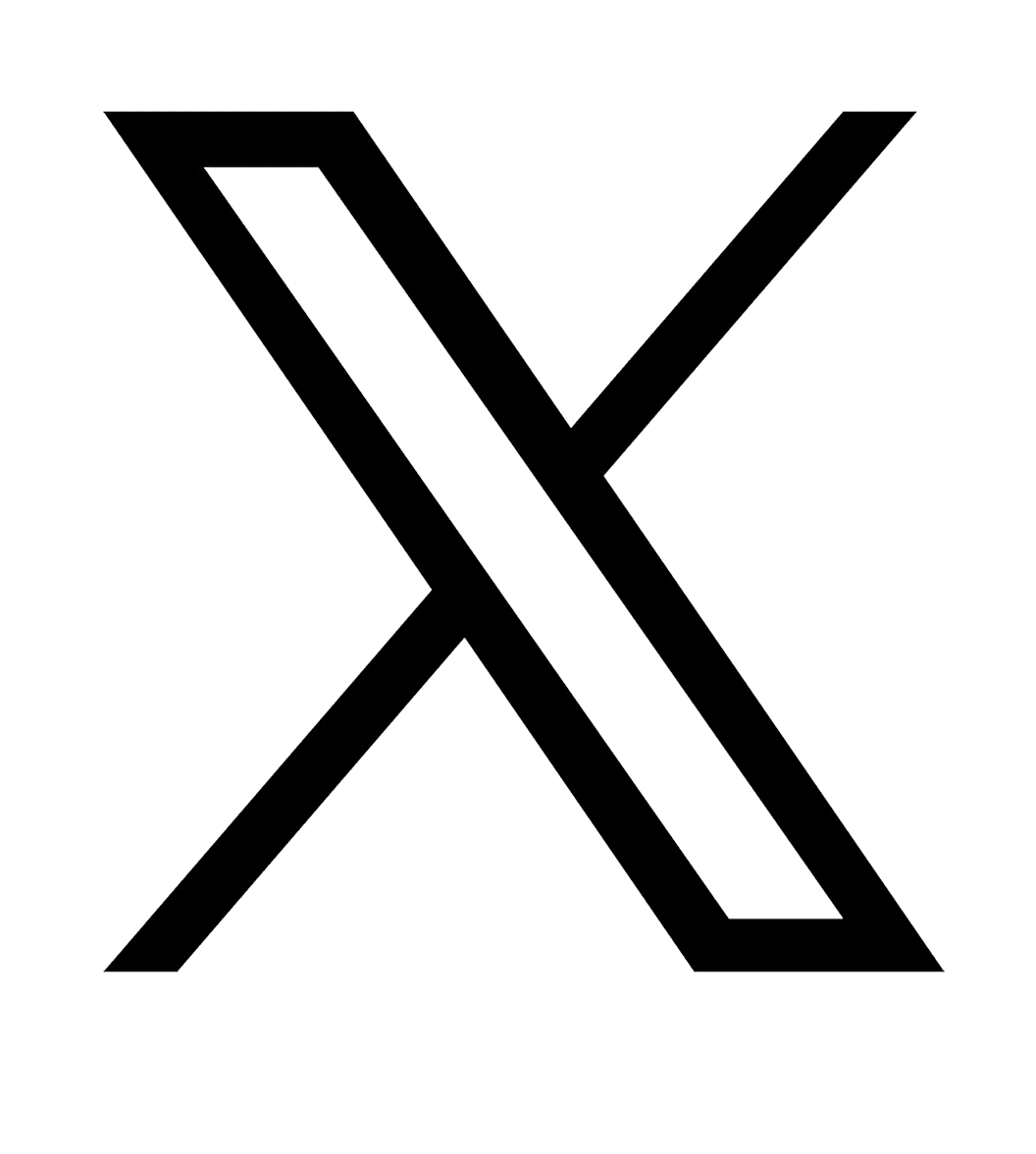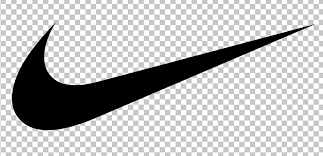
Mission: Giving people the power to build community and bring the world closer together
Vision: Giving people the power to build community and bring the world closer together.
Give an example of a difficult customer interaction and how you worked through it. What was the outcome?
What are your strengths and weaknesses?
Describe a time when you faced a conflict with a team member.
How does teamwork come into play in your current role?
Share examples of how you manage difficult stakeholders
Describe a project you were responsible for or led.
Describe a time where you influenced an outcome.
How do you deal with ambiguity and setbacks?
Tell me about a time when you have gone above and beyond for a client.
Tell me a about time when you had to make a difficult decision.
Tell me about a time you collaborated with a cross functional team
How do you handle stressful situations?
Tell me about a time when you wanted to change something that was outside of your regular scope of work.
Tell me about a time you had to make a fast decision and live with the results.
What project are you most proud of and why?
Tell me about a time you had to make a quick decision.
Tell me about a time a project took longer as expected.
Tell me about a situation where two teams couldn’t agree on a path forward.
Describe a situation when you made a mistake, and what you learned from it.
Tell me about some constructive feedback you received from a manager or a peer
Tell me about a skill set that you observed in a peer or mentor that you want to develop in the next six months.
Stage 1: Phone screen with recruiter, often icnluding basic logic questions (checking if the candidate knows basic probability, dependant and independant stats concepts).
Stage 2: 2 technical coding interviews and 1 technical statistical interview. In some cases, the 3 sections were slightly different: product/business sense section where you discuss FB products, how you would improve them, and what type of metrics you would use to gauge success; SQL coding to show basic competency in coding; and a section on statistics.
Stage 3: Performance review.
Stage 4: Onsite loop interview consisting 5 interviews with data scientists, and lunch with a data scientist. 3 of the interviews are technical interview and 2 are business cases, usually focused on product interpreation and applied data.








Pathrise is a career accelerator that helps people land their dream jobs. We regularly place our fellows at top companies like Apple, Amazon, and Meta. Our mentors have experience at companies like Apple, giving fellows the inside scoop on interview and company culture in 1-on-1 sessions.
We can’t guarantee you a job at a specific company like Apple. But we do guarantee you a great job–if you don’t accept an offer in 1 year, you pay nothing. Our income share agreement means you only pay with a percentage of your income at your new role.
Mentors work with fellows at every stage in search, helping them build the skills necessary to be the best candidate possible. Fellows in Pathrise usually see a 2-4x increase in application response rates, 1.5-3x increase in interview scores, and 10-20% increase in salary through negotiation.